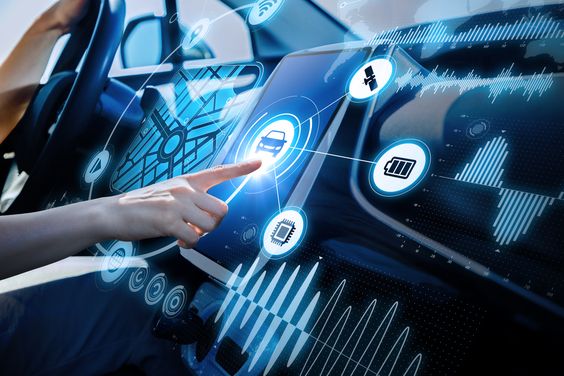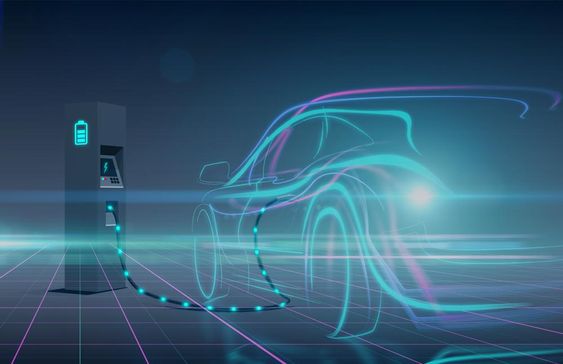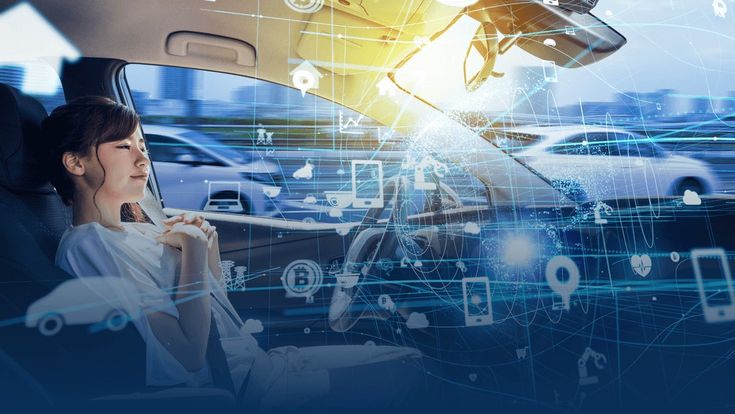Introduction:
The automotive industry is rapidly evolving, with advancements in technology leading to increasingly connected vehicles. While these advancements offer numerous benefits, they also introduce new vulnerabilities to cybersecurity threats. Car cybersecurity is becoming a critical concern as hackers target connected vehicles, potentially compromising safety, privacy, and even control of the vehicle itself. This blog post will delve into the latest developments in car cybersecurity, exploring the evolving threats, emerging technologies, and best practices for safeguarding vehicles from cyberattacks.

The Growing Threat Landscape:
The threat landscape for car cybersecurity is constantly evolving, with new vulnerabilities and attack methods emerging regularly. Hackers are increasingly targeting connected vehicles, seeking to exploit weaknesses in software, communication protocols, and even physical components. Some of the most common threats include:
- Remote Access and Control: Hackers can gain unauthorized access to vehicle systems, potentially controlling functions like braking, steering, and acceleration.
- Data Theft: Sensitive information stored in vehicle systems, such as personal data, location history, and driving habits, can be stolen.
- Denial of Service Attacks: Hackers can disrupt vehicle functionality by overloading systems or interfering with communication networks.
- Ransomware Attacks: Vehicles can be held hostage, with hackers demanding payment to restore functionality.
Emerging Technologies for Enhanced Security:
The automotive industry is actively developing and implementing new technologies to enhance car cybersecurity. These technologies aim to strengthen defenses against cyberattacks and mitigate potential risks:
- Secure Software Development Practices: Robust software development processes, including secure coding practices and rigorous testing, are crucial for building secure vehicle systems.
- Hardware-Based Security: Hardware-level security measures, such as secure boot mechanisms and tamper-resistant components, can prevent unauthorized access to critical systems.
- Advanced Encryption and Authentication: Strong encryption algorithms and multi-factor authentication protocols can protect sensitive data and prevent unauthorized access.
- Over-the-Air Updates: Regular software updates can patch vulnerabilities and enhance security, ensuring vehicles remain protected against emerging threats.
Best Practices for Car Owners:
Car owners can take proactive steps to enhance the cybersecurity of their vehicles:
- Keep Software Updated: Regularly update vehicle software to patch vulnerabilities and improve security.
- Use Strong Passwords: Set strong passwords for any connected vehicle systems and avoid using the same password for multiple accounts.
- Be Cautious of Third-Party Apps: Only install apps from trusted sources and be aware of the permissions they request.
- Monitor Vehicle Systems: Pay attention to any unusual behavior or warning messages from the vehicle.
- Educate Yourself: Stay informed about the latest car cybersecurity threats and best practices.
Conclusion:
Car cybersecurity is a critical issue that requires ongoing attention and collaboration between the automotive industry, cybersecurity experts, and consumers. By understanding the evolving threat landscape, embracing emerging technologies, and adopting best practices, we can work together to protect vehicles from cyberattacks and ensure the safety and security of drivers and passengers.





